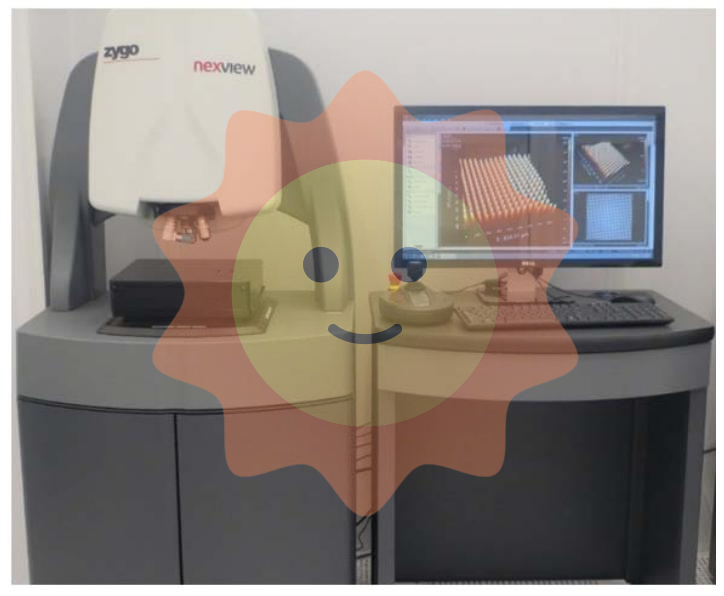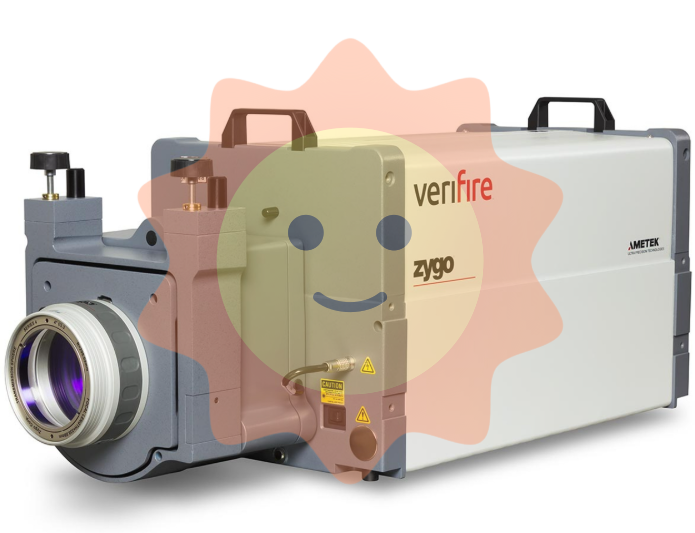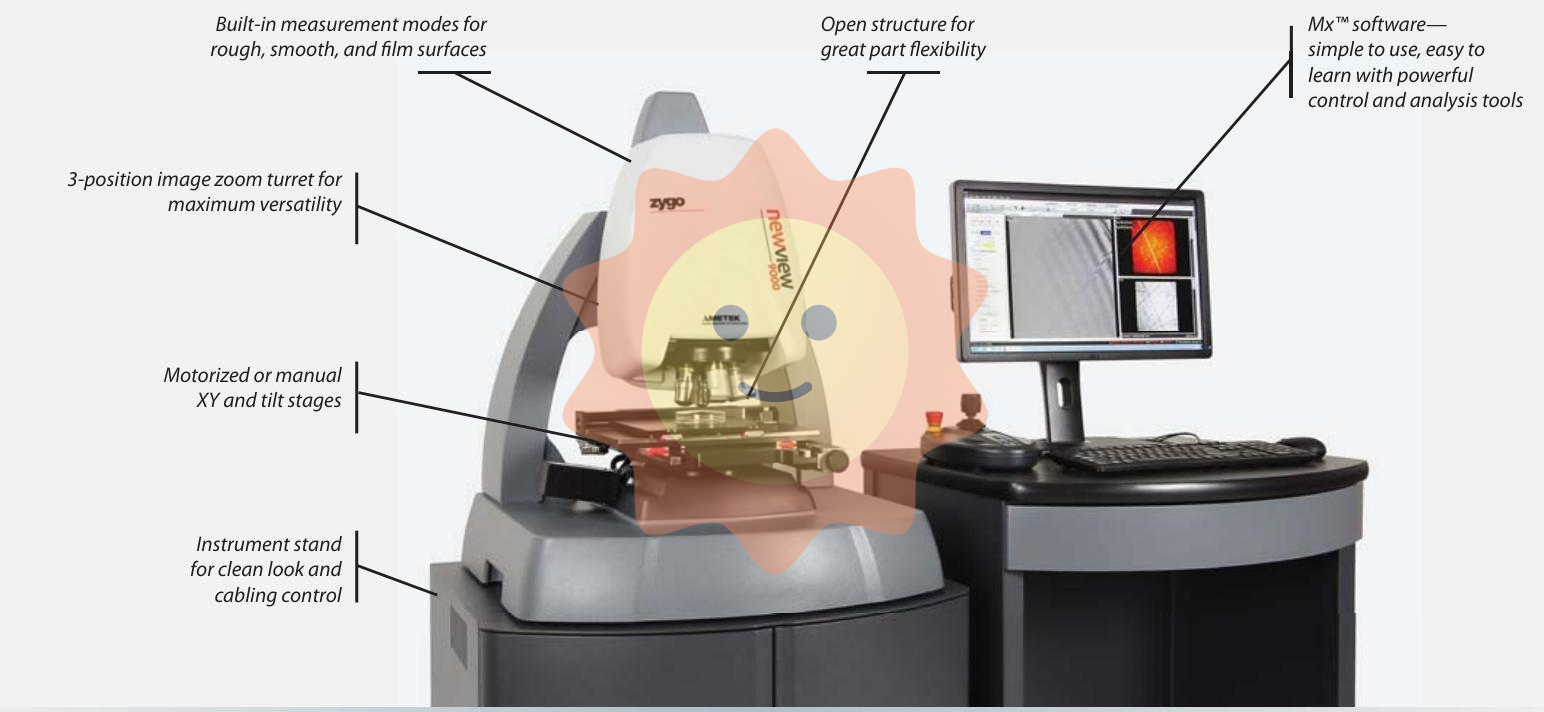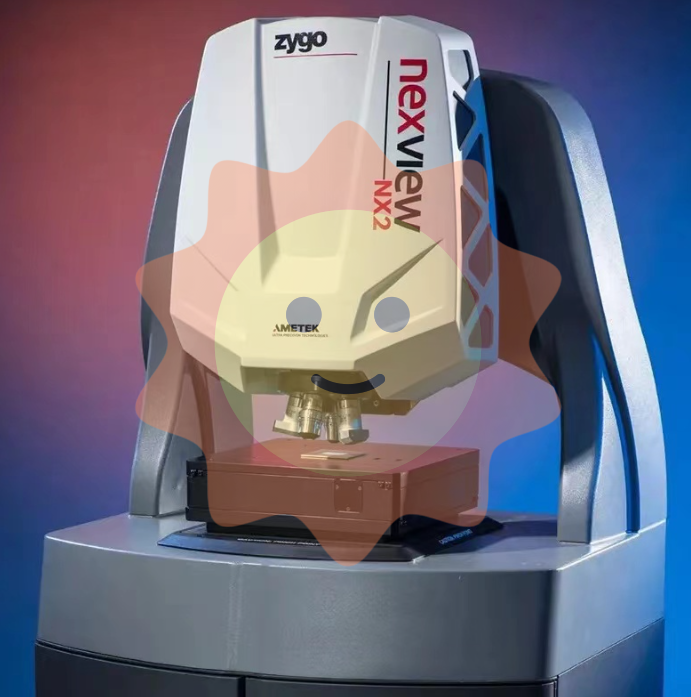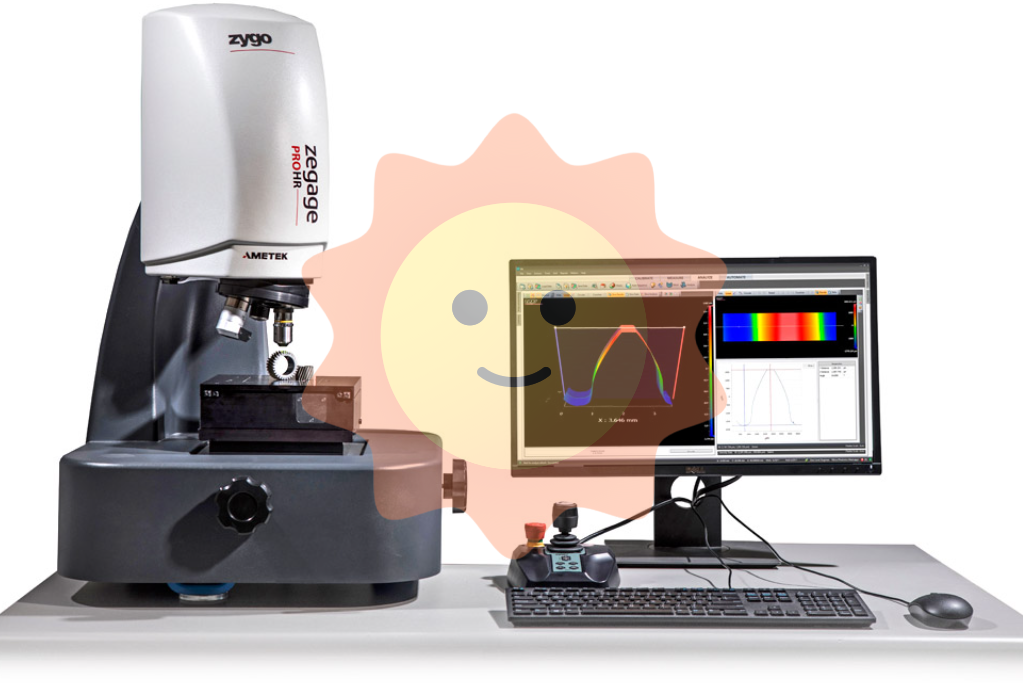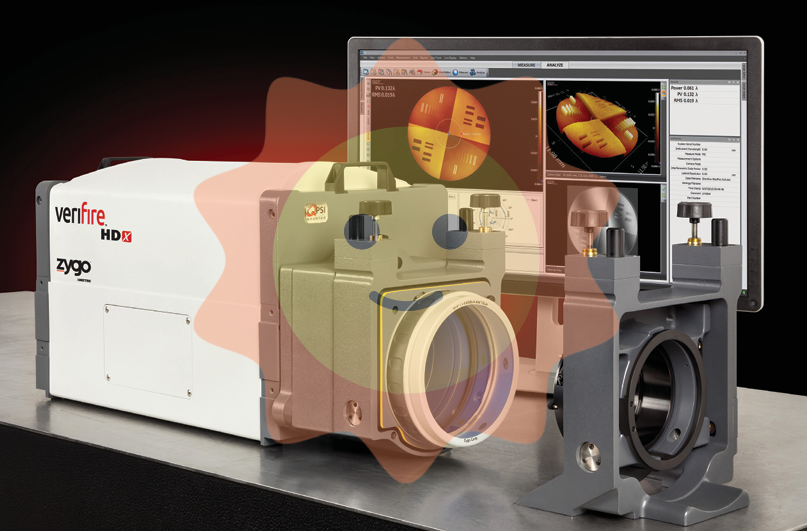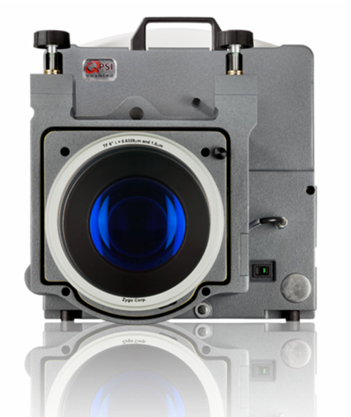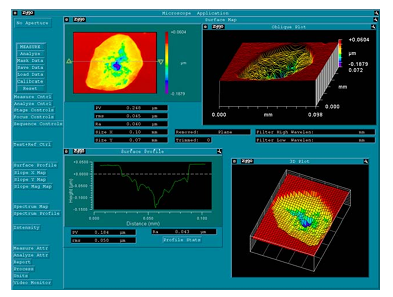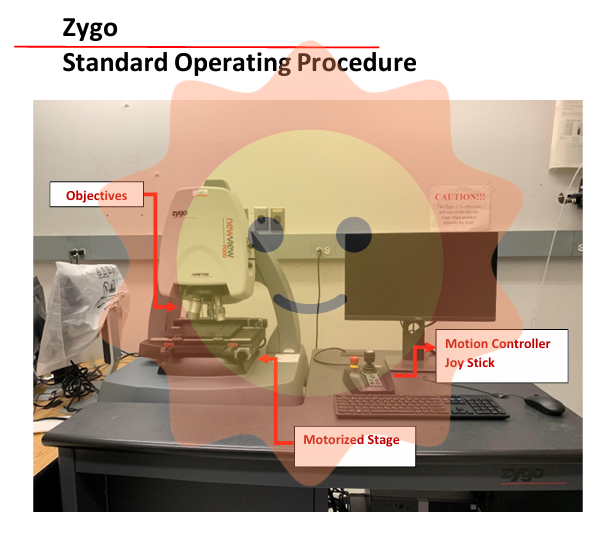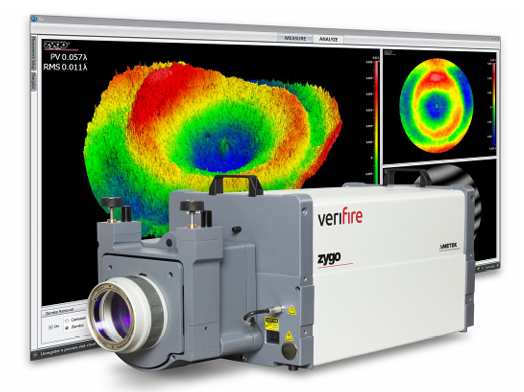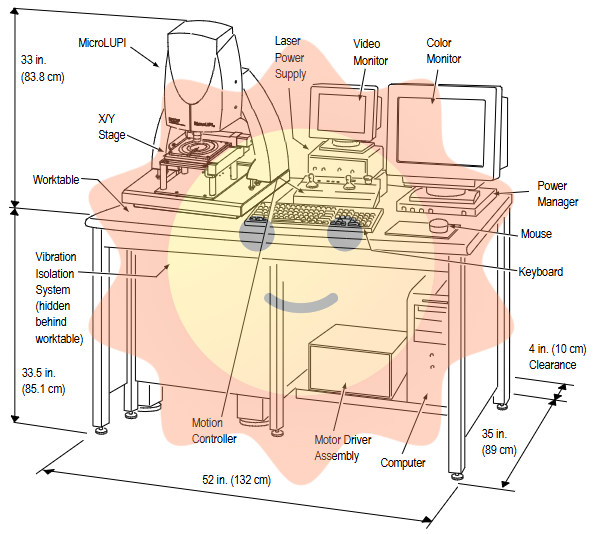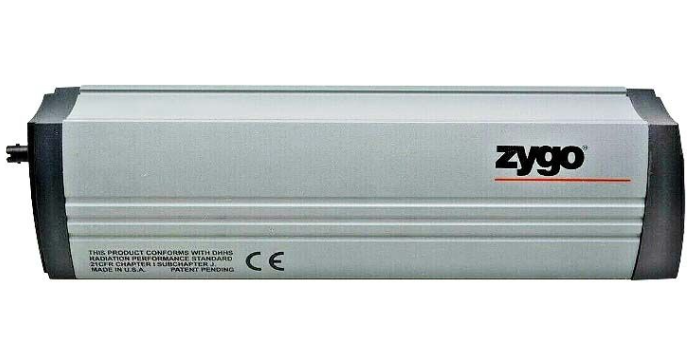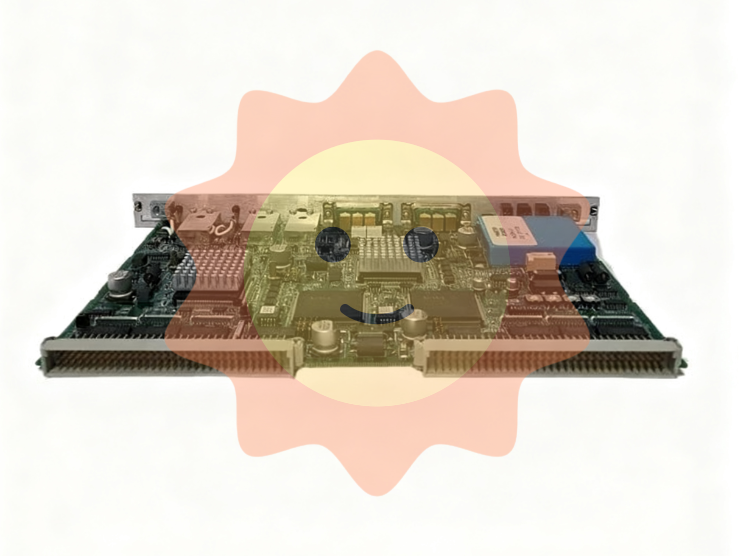ABB DC732F 3BDH000375R0001 is a medium-sized industrial controller in the ABB Advant Controller series, belonging to the industrial grade multifunctional control unit, originating from Switzerland. Its core function is to serve as the "control center" for small and medium-sized industrial automation systems, integrating the acquisition and processing of on-site analog and digital signals. Through built-in control algorithms, it realizes logical control, sequential control, and process adjustment, while supporting stable communication with upper computers and remote I/O modules. It is widely used in scenarios such as power, water treatment, and light industry that require moderate control scale and reliability, and is a key node connecting on-site equipment with upper level management systems.
ABB DC732F 3BDH000375R0001 Industrial Controller
Core positioning and basic information
ABB DC732F 3BDH000375R0001 is a medium-sized industrial controller in the ABB Advant Controller series, belonging to the industrial grade multifunctional control unit, originating from Switzerland. Its core function is to serve as the "control center" for small and medium-sized industrial automation systems, integrating the acquisition and processing of on-site analog and digital signals. Through built-in control algorithms, it realizes logical control, sequential control, and process adjustment, while supporting stable communication with upper computers and remote I/O modules. It is widely used in scenarios such as power, water treatment, and light industry that require moderate control scale and reliability, and is a key node connecting on-site equipment with upper level management systems.
Key technical specifications
Core functions
Multi channel I/O control+logic/process control+data exchange
Integrate signal acquisition and control functions without the need for additional independent control modules, simplifying the architecture of small and medium-sized systems
Input/output channel configuration
Analog input (AI): 8 channels (supporting 4-20mA DC, 0-10V DC, thermocouple); Analog output (AO): 4 channels (4-20mA DC/0-10V DC); Digital input (DI): 16 channels (24VDC dry/wet contacts); Digital output (DO): 8 channels (24VDC transistor output, maximum load 0.5A/channel)
The number of channels is suitable for small and medium-sized control scenarios, covering common parameter monitoring such as temperature, pressure, and liquid level, to meet the actuator driving needs of small and medium-sized equipment
Measurement accuracy
Analog input: ± 0.1% full scale (FSO); Analog output: ± 0.2% FSO
Accuracy meets the requirements of small and medium-sized industrial scenarios, ensuring the reliability of data collection and control instructions, and supporting basic process adjustment
Communication interface
1 100Mbps Ethernet interface (supporting Modbus TCP), 1 RS485 interface (supporting Modbus RTU), 1 Profibus DP slave interface
The communication interface covers mainstream industrial protocols, with an Ethernet transmission rate of 100Mbps, enabling data exchange with the upper computer and remote I/O stations, and a communication delay of ≤ 10ms
Control algorithm support
Built in basic PID control (single loop), logic control (ladder diagram LD, function block diagram FBD), sequential control (SFC)
Support the development of conventional control logic for small and medium-sized systems, enabling single loop closed-loop regulation of parameters such as temperature and pressure without relying on complex higher-level controllers
Working power supply
24VDC ± 10% (single power input, optional external redundant power backup)
Wide voltage input adapts to power supply fluctuations in industrial sites, optional redundant power supply design enhances power supply reliability, and meets the stable operation needs of key small and medium-sized equipment
Working temperature range
-25 ℃ to+65 ℃
Suitable for most industrial indoor environments without the need for additional temperature control equipment, it can operate stably in conventional workshops, control rooms, and other scenarios
Protection level
IP20 (Controller Body)
Suitable for installation inside industrial control cabinets, it needs to be matched with the cabinet to achieve dust and moisture protection, avoiding direct contact between dust and water vapor and affecting module performance
Fault diagnosis function
Support channel fault (disconnection, over range), communication fault, power undervoltage alarm, output fault indicator light signal and fault code
Real time monitoring of module operation status, with a fault recognition accuracy rate of ≥ 99%, making it easy for operation and maintenance personnel to quickly locate problems and reduce downtime for small and medium-sized systems for troubleshooting
Data storage
1GB Flash storage (for program and configuration file storage), 256MB RAM (running memory)
The storage capacity meets the requirements of small and medium-sized control programs and configuration files, ensuring smooth system operation and avoiding program lag caused by insufficient memory
Typical application areas
Power industry (auxiliary systems for small and medium-sized substations)
In the DC screen control and air conditioning temperature control system of small and medium-sized substations, the module can collect battery voltage (4-20mA signal), indoor temperature (thermocouple signal), and fan operation status (DI signal), adjust the air conditioning cooling/heating power through PID control, control the charging and discharging circuit switch of the DC screen through digital output, and upload the data to the substation monitoring upper computer to ensure the stable operation of auxiliary equipment in the substation.
Water treatment industry (small sewage treatment plants)
In the aeration control and dosing system of small township sewage treatment stations, the module collects dissolved oxygen concentration (4-20mA signal) in the aeration tank and the operating status of the dosing pump (DI signal). The aeration fan speed is adjusted through PID control, and the dosing pump is timed to start and stop and the dosing amount is adjusted through sequential control to ensure that the effluent quality meets the standard and reduce the manual operation and maintenance costs of small stations.
Light industry (food processing production line)
In the single machine equipment control of food processing (such as beverage filling and pastry baking), the module collects filling pressure (4-20mA signal), oven temperature (thermocouple signal), and conveyor belt operation status (DI signal), and realizes the process linkage of filling, sealing, and baking through logic control. The oven temperature is adjusted through PID control to ensure stable food processing quality and meet the control requirements of small and medium-sized equipment in light industry production lines.
Building materials industry (small cement mixing plant)
In the batching control of small cement mixing plants, the module collects the liquid level of the sand and gravel silo (4-20mA signal) and the current of the mixing motor (DI signal), and achieves proportional batching of sand and gravel, cement, and water through sequential control. The mixing speed is adjusted through PID control to ensure that the concrete ratio meets the requirements and support the automation production of small mixing plants.
Key points of installation and operation and maintenance
(1) Installation specifications
It needs to be installed on the guide rail inside the standard 19 inch industrial control cabinet, and the installation position should be away from strong electromagnetic interference sources such as frequency converters and high-power relays (distance ≥ 20cm) to prevent electromagnetic radiation from affecting signal acquisition and communication stability; A heat dissipation space of ≥ 3cm should be reserved above and below the module to avoid performance degradation caused by high temperatures.
When wiring, it is necessary to strictly distinguish between power terminals, signal terminals, and communication terminals: analog signal lines (especially thermocouple lines) should use shielded cables, and the shielding layer should be grounded at one end (grounding resistance ≤ 2 Ω); When connecting the digital output terminal to a high-power actuator (such as a small motor), a fuse (1A specification) should be connected in series to prevent overload damage to the module; If configuring redundant power supply, it is necessary to connect the redundant power supply to a dedicated backup terminal to ensure seamless switching in case of main power failure.
Communication line configuration: The Ethernet interface is connected to the upper computer through an industrial switch, and it is recommended to use a star topology; When connecting remote devices through the Profibus DP interface, 120 Ω terminal resistors need to be installed at both ends of the bus to reduce signal reflection interference; The RS485 interface can connect up to 32 slave devices, with a communication distance not exceeding 1200m (without relays).
(2) Debugging and Calibration
Before the initial debugging, it is necessary to complete the module hardware configuration (channel signal type, range) and control program download through ABB Control Builder basic version software, and confirm that the module is communicating normally with the upper computer (software displays "Connected" status).
Channel calibration: For analog input channels, use a standard signal generator to input 0%, 50%, and 100% full-scale signals (such as 4mA, 12mA, 20mA), and read the collected values through software. If the deviation exceeds ± 0.1% FSO, linear calibration needs to be performed in the software; For thermocouple channels, use a temperature calibrator to simulate standard temperatures (such as 50 ℃, 200 ℃) and correct temperature measurement deviations.
Control logic testing: Simulate on-site process abnormalities (such as temperature exceeding the set value), check whether the module can trigger PID adjustment actions (such as output signal changes); Test the sequence control process to confirm that the equipment start stop sequence and delay time meet the design requirements; Simulate channel disconnection, communication interruption and other faults to verify whether the fault alarm function is normal (fault light flashing, software displaying fault code).
(3) Maintenance strategy
Daily maintenance (every two weeks): Check the module operation status (CPU usage, channel fault status, communication quality) through the upper computer monitoring software to ensure that the CPU usage rate is ≤ 60% and there are no unresolved fault alarms; Check the module indicator lights (power light PWR constantly on, running light RUN flashing, fault light ALM off), and confirm that the module is running normally.
Regular maintenance (quarterly): After power failure, open the control cabinet and use dry compressed air (pressure ≤ 0.2MPa) to clean the dust on the surface of the module and the heat dissipation holes; Check whether the wiring terminals are oxidized or loose, and tighten the loose screws again (M3 screw tightening torque 0.4-0.6N · m); Backup module control programs and configuration files, store them on local computers and USB drives to prevent program loss.
Annual maintenance: Conduct performance testing on modules, including communication delay testing (Ethernet delay ≤ 10ms), analog channel accuracy recalibration, PID regulation stability time testing (≤ 10s); If the module has been running for more than 4 years, it is recommended to check whether the capacitor of the power module is bulging, and replace the power module if necessary to ensure stable power supply.
Fault handling: If the module has a fault alarm (ALM light on), first check the fault code through the software (such as "E01: AI channel out of range" or "E08: communication timeout"), and troubleshoot the corresponding fault point (signal line, communication link) according to the code; If the channel fault cannot be repaired, the faulty channel can be disabled and the backup channel can be enabled (parameters need to be reconfigured); If the module hardware fails, it is necessary to replace the backup module to ensure that the new module model and firmware version are consistent with the original module, in order to avoid compatibility issues.

- User name Member Level Quantity Specification Purchase Date
- Satisfaction :
-









Email:wang@kongjiangauto.com

